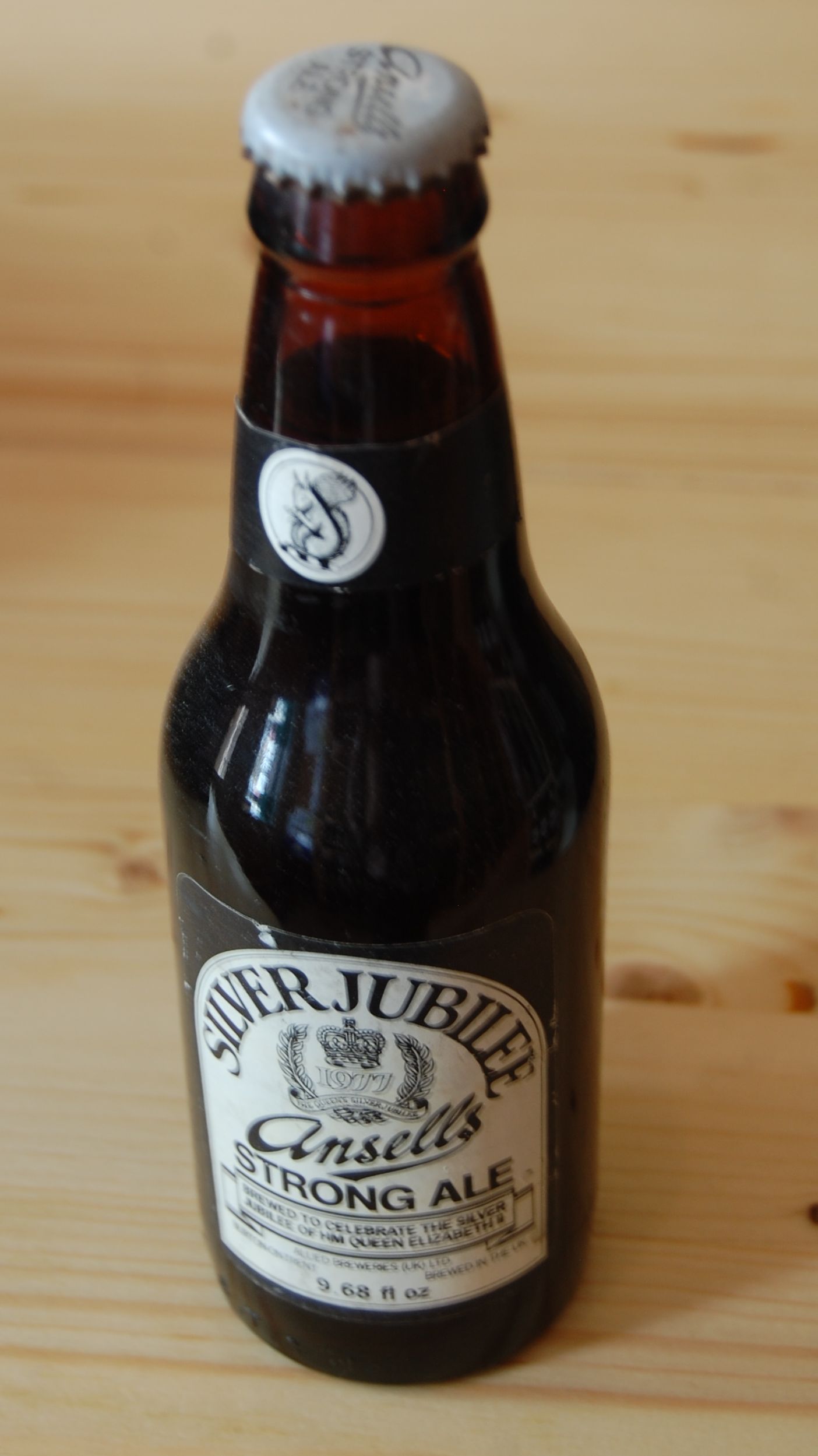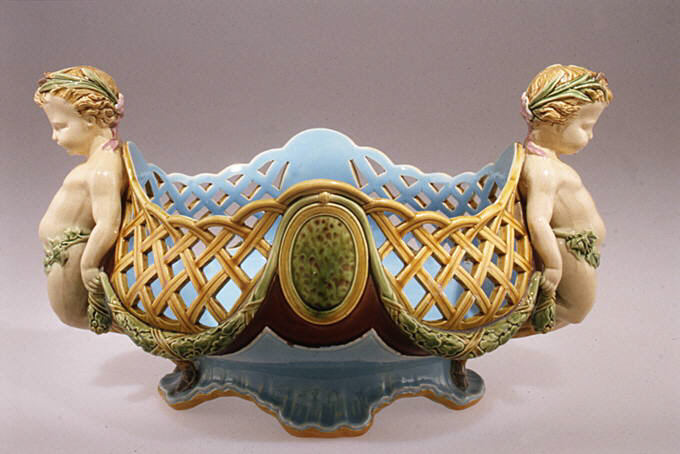|
The Woodman
The Woodman is a public house on Albert Street in Birmingham, England that is Grade II listed. It stands beside the Eastside City Park and the abandoned, but listed, Curzon Street railway station which will be part of the new station being developed as a terminal of the HS2 rail scheme. History The building was built in 1896 and 1897 with the purpose of being a public house for the Ansells Brewery. It was one of the small corner pubs designed by James & Lister Lea. The building is built from red brick and terracotta with a slate roof. Both the ground and first floor have narrow windows above the entrance, but with wide windows with brick mullions. Since its construction the pub has featured a large amount of tiling inside and large mirrors that are both gilded and engraved.The Woodman Images of England, retrieved 24 Januar ... [...More Info...] [...Related Items...] OR: [Wikipedia] [Google] [Baidu] |
James & Lister Lea
James & Lister Lea was an architectural and property consultancy firm active in England between 1846 and 2001. Established by brothers James Lea and Lister Lea, the partnership was initially focused only on architecture. Together, the brothers designed buildings across Birmingham, with a heavy focus on public houses, especially towards the end of the 19th century and early 20th century. Later in the firm's existence, it changed its name to James & Lister Lea and Sons. On 2 January 2001, the property consultancy firm merged with Bruton Knowles to produce a combined workforce of approximately 300 people. The firm had offices on Bull Street, Birmingham and also in Knowle, West Midlands, although the Knowle office was sold in 1999 to agricultural surveyors Smith-Woolley. In May 2000, James & Lister Lea revealed that they were looking at rebranding the company in the future. In December 2000, Bruton Knowles and James & Lister Lea agreed a merger that would become effective on 2 January ... [...More Info...] [...Related Items...] OR: [Wikipedia] [Google] [Baidu] |
Ansells Brewery
Ansells Brewery was a regional brewery founded in Aston, Birmingham, England in 1858. It merged with Taylor Walker and Ind Coope in 1961 to form Allied Breweries. The brewery remained in operation until 1981, after which production transferred to Allied's Burton upon Trent brewery; some former employees later set up the Aston Manor Brewery. History The brewery was founded by Joseph Ansell, a hop merchant and maltster, in 1858 at Aston Cross on the site of several artesian wells (the later HP Sauce factory was adjacent). William Ansell joined his father in partnership in 1867. From 1877 the company was known as Joseph Ansell and Sons, and became a limited liability company, Joseph Ansell & Sons Ltd, in 1889. In June 1901 it became a registered company called Ansells Brewery Ltd. The company was valued at over £750,000 and included 388 licensed houses. Ansells grew by acquiring several other smaller local brewers including Rushtons with 100 licensed houses in 1923, Lucas of Leami ... [...More Info...] [...Related Items...] OR: [Wikipedia] [Google] [Baidu] |
Birmingham
Birmingham ( ) is a city and metropolitan borough in the metropolitan county of West Midlands in England. It is the second-largest city in the United Kingdom with a population of 1.145 million in the city proper, 2.92 million in the West Midlands metropolitan county, and approximately 4.3 million in the wider metropolitan area. It is the largest UK metropolitan area outside of London. Birmingham is known as the second city of the United Kingdom. Located in the West Midlands region of England, approximately from London, Birmingham is considered to be the social, cultural, financial and commercial centre of the Midlands. Distinctively, Birmingham only has small rivers flowing through it, mainly the River Tame and its tributaries River Rea and River Cole – one of the closest main rivers is the Severn, approximately west of the city centre. Historically a market town in Warwickshire in the medieval period, Birmingham grew during the 18th century during the Midla ... [...More Info...] [...Related Items...] OR: [Wikipedia] [Google] [Baidu] |
Grade II
In the United Kingdom, a listed building or listed structure is one that has been placed on one of the four statutory lists maintained by Historic England in England, Historic Environment Scotland in Scotland, in Wales, and the Northern Ireland Environment Agency in Northern Ireland. The term has also been used in the Republic of Ireland, where buildings are protected under the Planning and Development Act 2000. The statutory term in Ireland is "Record of Protected Structures, protected structure". A listed building may not be demolished, extended, or altered without special permission from the local planning authority, which typically consults the relevant central government agency, particularly for significant alterations to the more notable listed buildings. In England and Wales, a national amenity society must be notified of any work to a listed building which involves any element of demolition. Exemption from secular listed building control is provided for some buildin ... [...More Info...] [...Related Items...] OR: [Wikipedia] [Google] [Baidu] |
Eastside City Park
Eastside City Park is a 6.75 acre (2.73 ha) urban park located in the Eastside district of Birmingham City Centre. Designed by architects Patel taylor with landscape architect Allain Provost, the park was opened to the public on 5 December 2012 at a cost of £11.75 million. Lining the frontage of Millennium Point, the park provides 14,300 square metres of landscaped green space, 310 trees, a canal water feature and a public square incorporating 21 jet fountains. History In 2004, discussions began with the Commission for Architecture and the Built Environment (CABE), outlining the preliminary processes regarding the development of the site. A May 2007 Big Lottery Fund request was filed for £25million, but was rejected in October of the same year. Birmingham City Council later pledged £5million to begin the project. Location The Eastside City Park runs from the remaining portion of Park Street Gardens, northwards past the Masshouse development where and in an easterly direc ... [...More Info...] [...Related Items...] OR: [Wikipedia] [Google] [Baidu] |
Birmingham Curzon Street Railway Station (1838–1966)
Birmingham Curzon Street railway station (formerly Birmingham station) was a railway station in central Birmingham, England. Initially used as a major early passenger terminus before being eclipsed by newer facilities and converted into a goods depot, it was a continuously active railway facility up until 1966. The station was jointly built and operated by the London and Birmingham Railway (L&BR) and the Grand Junction Railway (GJR), being the meeting point between the two railways, as well as the terminus for the first intercity line to be built into London. As such, it served as a joint terminus for the scheduled passenger trains of both companies to major destinations such as London, Manchester and Liverpool, between 1838 and 1854. It was formally opened on 24 June 1838, and received its first train from London on 17 September of that year. Being incapable of permitting through trains, it quickly proved to be inadequate even after expansion efforts to accommodate longer train ... [...More Info...] [...Related Items...] OR: [Wikipedia] [Google] [Baidu] |
Birmingham Curzon Street Railway Station
Birmingham Curzon Street railway station is the planned northern terminus of Phase 1 of High Speed 2 in the city centre of Birmingham, England. The new railway will connect Birmingham to via and . Curzon Street will have seven terminal platforms and is planned to open in 2026. The station, the design for which has been developed by WSP and Grimshaw Architects, will be surrounded by new public spaces, include a pedestrian link to the adjacent railway station, and be integrated with an extended West Midlands Metro tram network. Birmingham City Council plans to use the location of the new station to promote development within the city, especially the redevelopment of the Eastside and Digbeth areas. History Site The station will be constructed on land bounded by Curzon Street, Eastside Park & Moor Street Queensway, built partially on the site of the former Curzon Street railway station, historically the first station serving London to Birmingham trains. The remaining Cla ... [...More Info...] [...Related Items...] OR: [Wikipedia] [Google] [Baidu] |
Red Brick And Terracotta
Architectural terracotta refers to a fired mixture of clay and water that can be used in a non-structural, semi-structural, or structural capacity on the exterior or interior of a building. Terracotta pottery, as earthenware is called when not used for vessels, is an ancient building material that translates from Latin as " baked earth". Some architectural terracotta is actually the stronger stoneware. It can be unglazed, painted, slip glazed, or glazed. A piece of terracotta is composed of a hollow clay web enclosing a void space or cell. The cell can be installed in compression with mortar or hung with metal anchors. All cells are partially backfilled with mortar. By the late 19th century the version with a ceramic glaze, namely glazed architectural terracotta became more popular. Chemistry Terracotta is made of a clay or silt matrix, a fluxing agent, and grog or bits of previously fired clay. Clays are the remnants of weathered rocks that are smaller than 2 microns. They ... [...More Info...] [...Related Items...] OR: [Wikipedia] [Google] [Baidu] |
Mintons
Mintons was a major company in Staffordshire pottery, "Europe's leading ceramic factory during the Victorian era", an independent business from 1793 to 1968. It was a leader in ceramic design, working in a number of different ceramic bodies, decorative techniques, and "a glorious pot-pourri of styles - Rococo shapes with Oriental motifs, Classical shapes with Medieval designs and Art Nouveau borders were among the many wonderful concoctions". As well as pottery vessels and sculptures, the firm was a leading manufacturer of tiles and other architectural ceramics, producing work for both the Houses of Parliament and United States Capitol. The family continued to control the business until the mid-20th century. Mintons had the usual Staffordshire variety of company and trading names over the years, and the products of all periods are generally referred to as either "Minton", as in "Minton china", or "Mintons", the mark used on many. Mintons Ltd was the company name from 1879 o ... [...More Info...] [...Related Items...] OR: [Wikipedia] [Google] [Baidu] |
Pubs In Birmingham, West Midlands
A pub (short for public house) is a kind of drinking establishment which is licensed to serve alcoholic drinks for consumption on the premises. The term ''public house'' first appeared in the United Kingdom in late 17th century, and was used to differentiate private houses from those which were, quite literally, open to the public as "alehouses", "taverns" and "inns". By Georgian times, the term had become common parlance, although taverns, as a distinct establishment, had largely ceased to exist by the beginning of the 19th century. Today, there is no strict definition, but CAMRA states a pub has four characteristics:GLA Economics, Closing time: London's public houses, 2017 # is open to the public without membership or residency # serves draught beer or cider without requiring food be consumed # has at least one indoor area not laid out for meals # allows drinks to be bought at a bar (i.e., not only table service) The history of pubs can be traced to Roman taverns in B ... [...More Info...] [...Related Items...] OR: [Wikipedia] [Google] [Baidu] |







